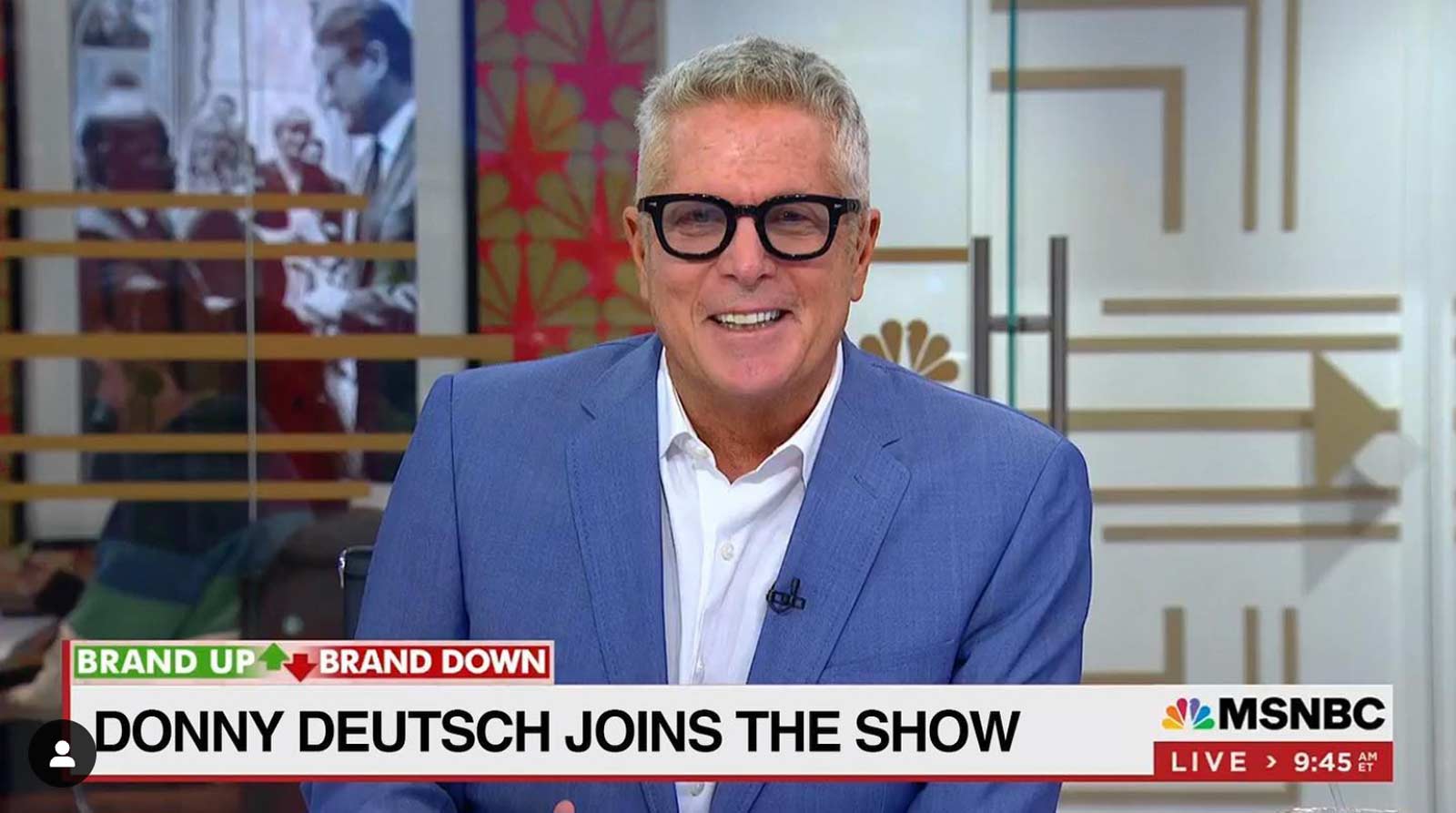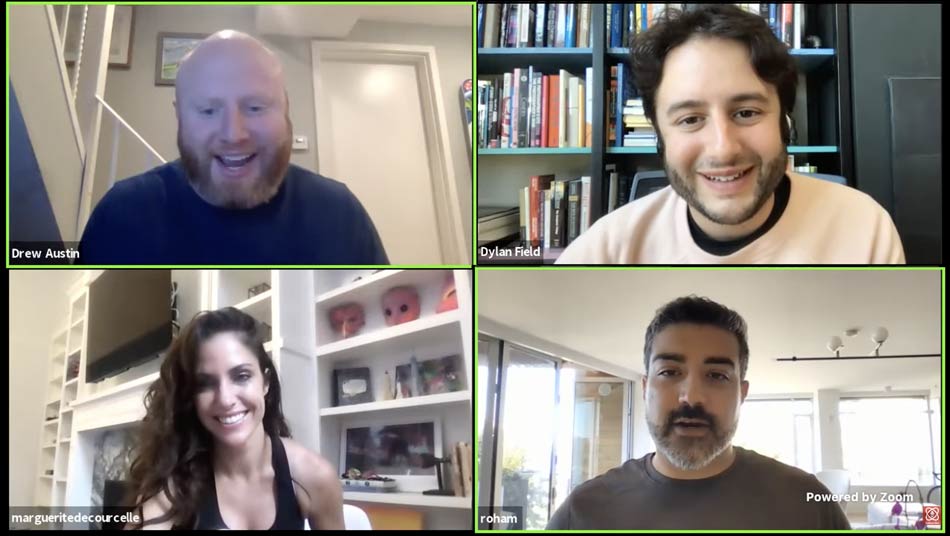
At Friday’s online NFT & Creators Summit, one of the most thought-provoking sessions was a panel discussion that VC Drew Austin of Red Beard Ventures led with three leading founders in Web 3. Taking part were Roham Gharegozlou, co-founder and CEO of Dapper Labs (makers of NBA Top Shot), Marguerite deCourcelle, CEO and co-founder of Blockade Games (the studio behind Neon District, a cyberpunk role-playing game on the Polygon blockchain) and Dylan Field, co-founder and CEO of Figma, a cloud-based design software company.
And while the session topic was “NFTs and the Metaverse,” the conversation took a number of interesting twists and turns.
At one point, Gharegozlou — who’s quickly becoming my favorite figure in the space – steered us into territory rarely acknowledged in the NFT community. NFTs and crypto have a way to go before they fully live up to their egalitarian, democratic ideals.
Much of the energy in NFT circles revolves around NFT art drops that are scooped up by a relatively small number of crypto early adopters. While the number of crypto traders continues its impressive upward trajectory — with crypto wallet MetaMask announcing the news it has surpassed the 10 million active monthly users mark on Aug. 31 — nearly all the energy has centered on the tens of thousands of wealthy crypto users who are bidding up the price of exclusive artworks, avatars and the like.
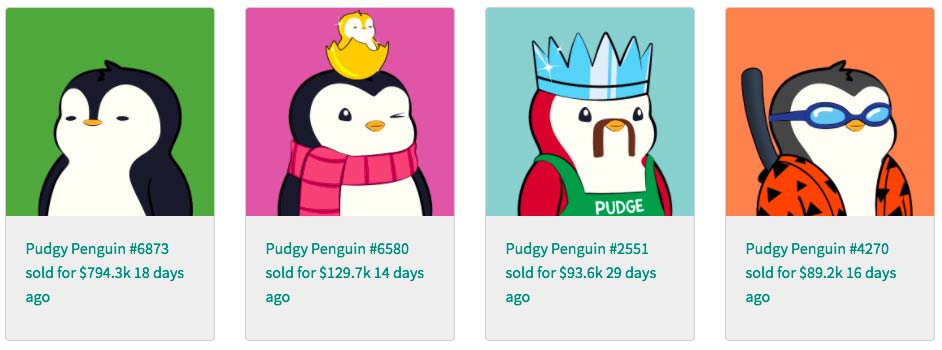
Moderator Austin expressed his surprise that the biggest trend over the summer was the popularity of NFT drops that seemed designed for users’ social media accounts such as Twitter, including avatar collectibles from the Bored Ape Yacht Club ($213 million in transaction volume over the past month), Pudgy Penguins ($32.5 million over 30 days), Cool Cats ($75.9 million over 30 days), Lazy Lions ($32 million over 30 days) as well as the continued popularity of CryptoPunks ($374 million over 30 days). Here’s a snapshot of the most popular collections.
Gharegozlou said of the avatars at the center of the summer’s NFT frenzy: “Profile pictures are today an amazing sort of experience for the wealthy,” and token holders in communities like the Bored Ape Yacht Club are deriving value from their participation. “[But] they’re much more status games for the ultra wealthy than they are anything else.” The $253 million in trades for Art Blocks over the past month, for instance, was done by fewer than 20,000 people. The only projects that break triple digits in the number of participants are from games platform Axie Infinity and NBA Top Shot, he noted.
Field acknowledged that over the years he thought, “Oh, man, profile picture projects are done” because of market saturation — only to be proven wrong. The bottom line, he said, is that, NFT speculators aside, the reason there’s a lot of ferment in the space is simple: “We’re going from a physical economy to a digital economy, and people want digital goods because they’re living online.”
Gharegozlou said accessibility, customization, interactivity and ease of use — a stellar user experience — should be principles at the forefront of any NFT project looking for widespread adoption. Personally, he said the sectors he found most exciting, with the promise of widespread adoption of NFTs in the near future, were sports, gaming and music. Dapper Labs’ recent expansion beyond the NBA into soccer and other sports promises to introduce tens or hundreds of millions of additional users into the world of NFTs by “brining fans closer to the people they care about.”
Fields said he was excited by the prospect of the community helping to bootstrap the careers of favorite artists with a new economic model. Fans will be able to directly support their favorite emerging indie artists and help launch their careers — and then receive a fractional share of royalties for years in the future. “So it enables this class of people that are these superfans of what’s next in the music world to actually monetize their passion,” he said.
I would just add: The same holds true for authors, videographers, photographers, animators and other digital creatives who have formed communities of fans who want to help them succeed.
The Metaverse will arrive one piece at a time
What about the Metaverse — the main topic at hand?
There appeared to be consensus among the panelists that the Metaverse won’t spring wholesale into existence overnight, as in a release from a virtual gaming or VR company. Despite hundreds of millions of dollars being spent on development of virtual worlds and virtual reality, the vision of a fully immersive experience on a par with Ready Player One is still many years away.
No, the Metaverse will arrive in bits and pieces from several directions and in several formats. (And, in my view, we’re going to see many metaverses rather than one grand interoperable Metaverse.)
Meantime, more modest, constrained online communities are beginning to spring up, many starting out as online games. And the most important ingredient may not be dazzling graphics are fast processing speeds but something more basic: community buy-in.
Said deCourcelle: “I think the open Metaverse is going to win. Users love collaborating and building and having the tools to participate, and you can’t do that and have that same ownership experience in a walled garden. No one wants to go build Facebook’s metaverse. … The community doesn’t want to do Facebook’s work for them.”
Field: , loot is another great example that I’m obsessed with it. I have been obsessed since it launched, you know, it’s such an exciting project to me because here’s an example of, rather than having a franchise like sports or a create universe like neon District, which are both amazing. Right. But instead it’s like what two worlds build together.
Field cited Loot as an example of “how, as a community, we can create a new world, which I think really gets to the definition of metaverse. You know, no one really knows what metaverse means — it’s just a collection of loose terms right now. I’m pretty sured it’s something to do with decentralization. I’m pretty sure it has something to do with the principles of improv. I’m prettsy sure it has to do with building on each other’s works and derivative projects and Loot to me is right at the center of all those thing.”
Projects mentioned during the NFTs & Creators Summit
Here are just a handful of the NFT and crypto projects mentioned during the summit:

Dark Horse
Dark Horse Games, a division of Dark Horse Comics, has begun adapting its stable of popular comic book stories and characters to the onrushing era of crypto and RPGs. (Comic Book Resources has 10 suggestions for Dark Horse adaptations.) Fields said Dark Horse’s initial release impressed him because it managed to integrate a crypto wallet into the game play in a way with an easyr-to-understand interface that bypassed Metamask and the usual devilishly difficult onboarding process that so many crypto newcomers find daunting.
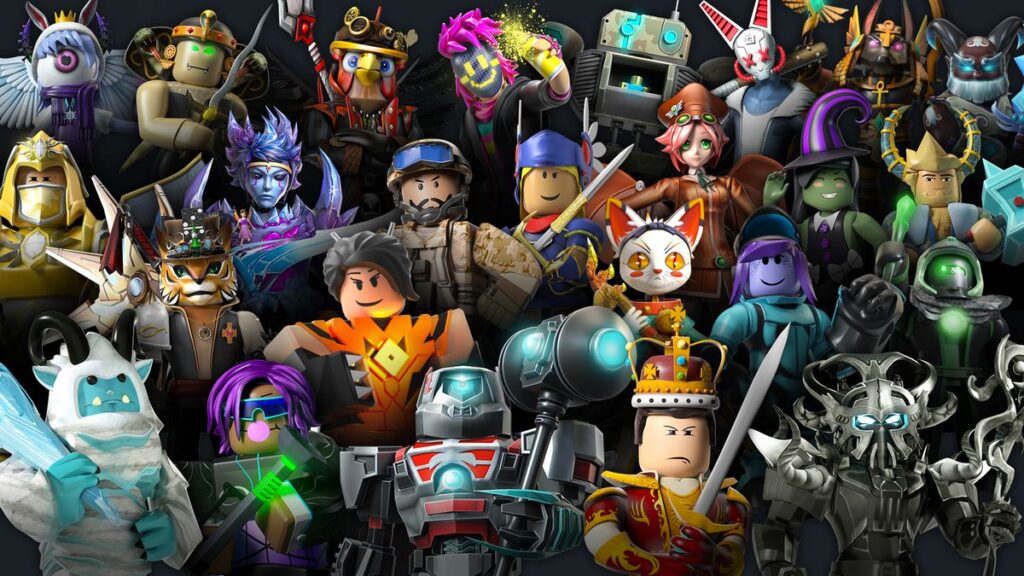
Roblox
Roblox, the online game platform and game creation system, allows users to program games and play games created by other users. The game’s corporate parent has been at this for a while — Roblox Corp. turned 17 years old this month and now trades on the stock exchange at a cool $45 billion valuation. Today millions of users spend countless hours in online games like Roblox, and kids in particular want to purchase digital items (like a cool set of wings for their avatar) with in-game currencies like Robux, paid by using their parents’ credit cards. It’s a short hop from this kind of user behavior to the Metaverse, where users are outfitting their online personas (so far at a much higher price point) through transactions in ether.
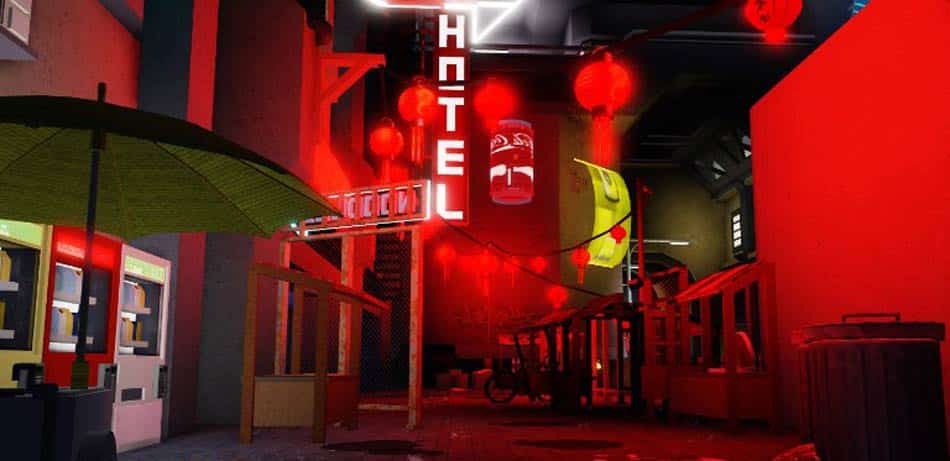
Neon District
Neon District is the blockchain role-playing game with its first release by Blockade Games earlier this year. Set in a dystopian future, the game centers on rebels fighting an authoritarian government, with players purchasing NFTs to outfit their characters with the equipment needed to complete their missions. The NFTs are tradeable in an online marketplace powered by Polygon (formerly Matic). Neon is the best-known example of an online game that employed NFTs as central to game play.
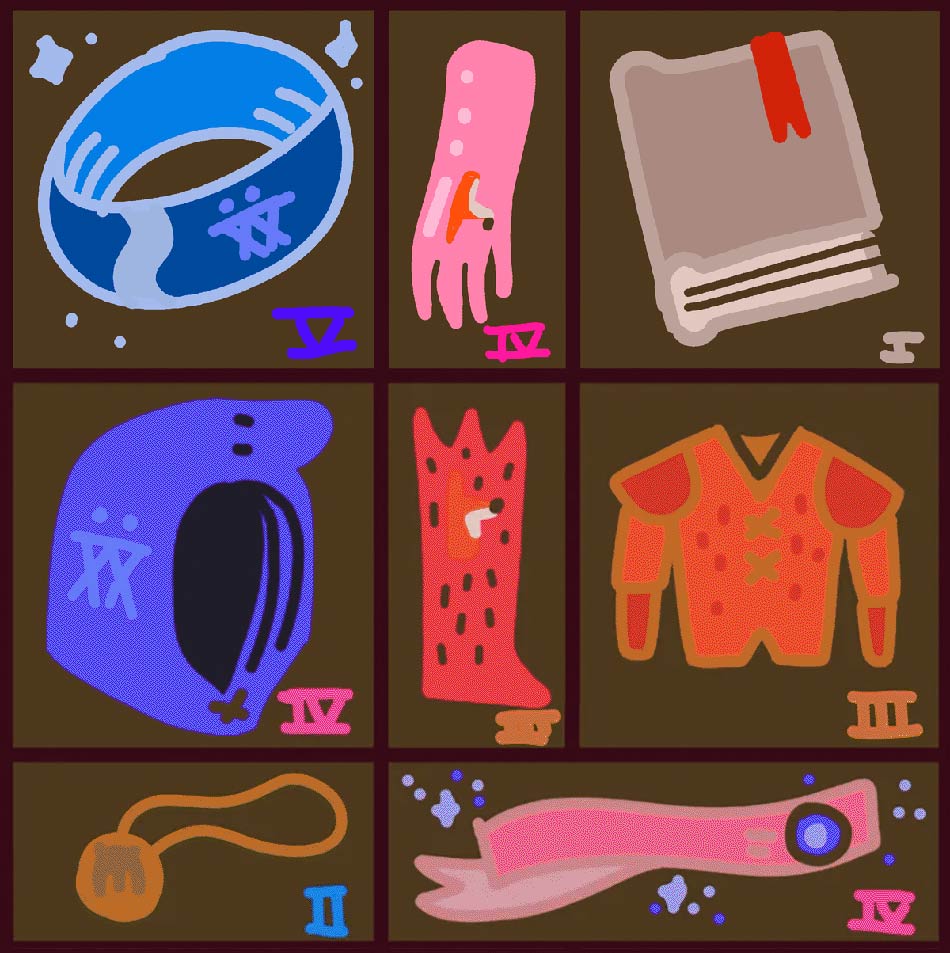
Blitmap & Loot
In March, Dom Hofmann. the programmer who co-created the short-form video platform Vine, launched Blitmap, which he described as a “community-created fantasy universe” that originated with 100 32-by-32-pixel images combining elements of science fiction and fantasy and evolved into 1,600 remixed variations. It proved to be the model for the latest NFT phenomenon, Loot. Hofmann released a drop of 7,777 bags of “randomized adventurer gear,” letting people mix the items and mint them. Within five days, the Loot bags were snapped up, resold and had a market cap of $180 million. Understand, these were in-game items for a game that did not exist. That is the beauty and weirdness of Loot.

Animal Coloring Book
Animal Coloring Book is a generative transfer art project. It’s explained this way: “On each of the first four transfers, a part of the image is colored. The color is determined by the address the NFT is sent to. On mint, the NFT is given one of six animal types, but is initially blank. On the fourth transfer, the Animal’s mood is revealed – the coloring and animation of its eyes. The 10×10 SVG art and animation are generated and stored entirely on-chain.”



